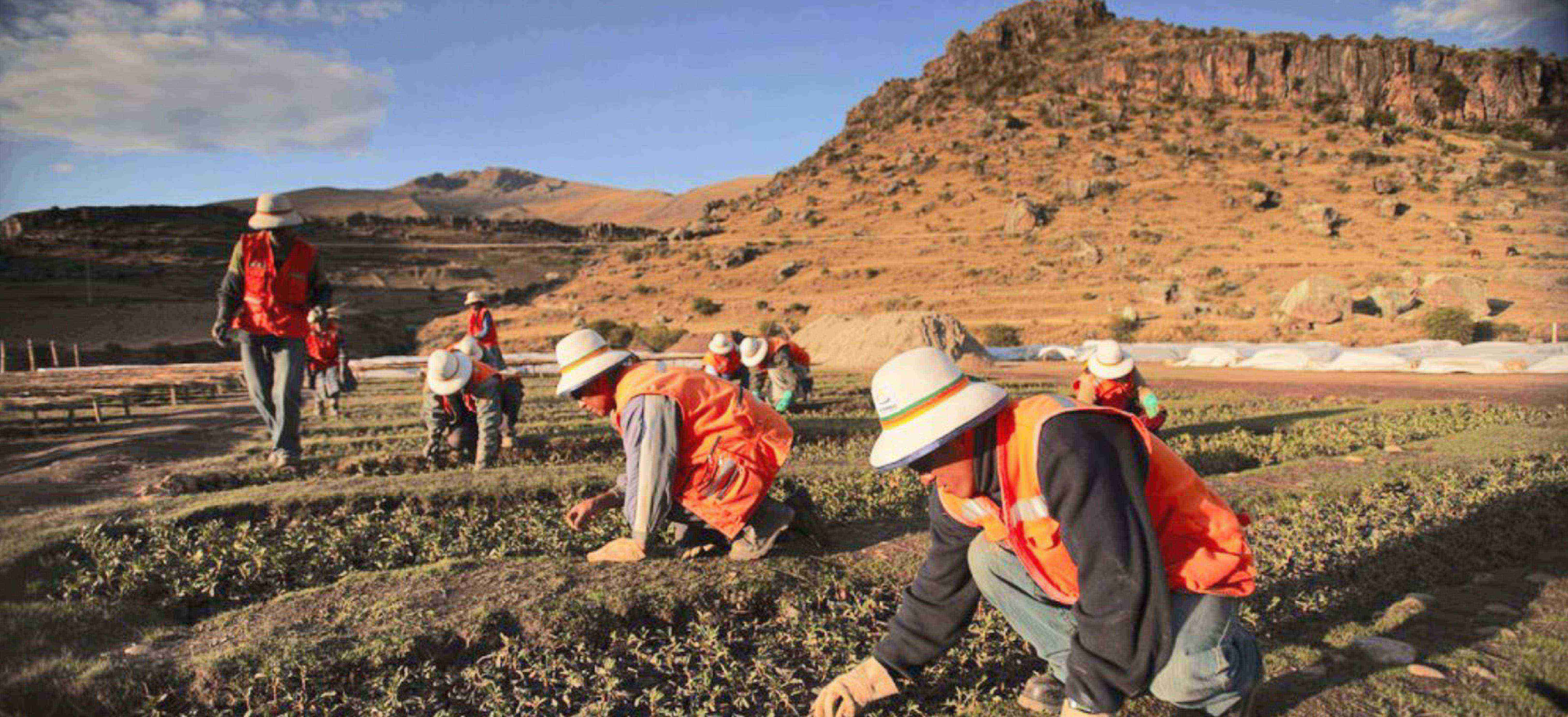LIMA, AUGUST 26 2021 Mining and its contribution to the decentralization and development of Peru

The conference “The challenge of decentralization: Mining and development”, held within the framework of Heading to PERUMIN, evaluated how the industry has contributed to the decentralization process and to the territorial development of Peru.
Diego Macera, general manager of the Peruvian Institute of Economics (IPE), pointed out that mining is concentrated in 11 regions in the south, center and north.
"Cajamarca, Ancash, Pasco, Junín, Ayacucho, Apurímac, Arequipa, Cusco, Madre de Dios, Moquegua and Tacna have concentrated 80% of the country's mining production in the last five years," explained Diego Macera.
He also stated that, if Peru intends to achieve sustainable mining development, it requires the development of public services and a presence of the State.
In light of this, he raised the need to implement a vision of territorial, sustainable and integrated development.
“We have to stop regarding departments as unhelpful, not to mention the macro vision at the national level. For this reason, a territorial development plan complemented with a national land registry is required in order to have an organized property registry,” he said.
The conference also featured a presentation by Epifanio Baca, from the Propuesta Ciudadana Group, who argued that one of the consequence detected after the development of mining activity is related to the management of canon resources in local and regional governments.
“We have large territorial gaps in both economic and social development indicators; and the unequal economic growth and dynamism of the departments are correlated with the unequal development of issues such as infrastructure and services,” said Epifanio.
Similarly, he proposed a reform of the current distribution of the mining canon; in this sense, he suggested making more equitable schemes, creating stabilization funds or trusts, and even emphasized giving more strength to the Works for Taxes mechanism in order to avoid repeating distribution errors .
In turn, the former head of the Ministry of Development and Social Inclusion (Midis), Paola Bustamante, suggested implementing the "institutional framework of commitments" as an alternative to social conflicts.
“The institutionalization of the agreement process must be generated, which must be registered in a repository that is under the responsibility of a ministry or the regional government. The important thing is that the signatures of all those who participated be included in this registry and, above all, that there be a follow-up and commitment to comply with those agreements,” he said.
Furthermore, the executive director of the Development Studies Network, Oswaldo Molina, commented that the mission of transferring the benefits of an activity such as mining to the population is the task of the State.
"We have a State that is not efficient enough to transform the economic resources that growth generates into real opportunities for the most vulnerable," said Oswaldo Molina.
The Quellaveco Case
The conference also included the participation of the manager of Government Affairs and Sustainability at Anglo American, Mariana Abugattas, who shared the experience between the mining company and the communities.
“In the case of Quellaveco, the population was listened to and we were able to see what points we had in common and how together we could find solutions to the concerns of the population. One was water, the development of local partners, and the environment. During 18 months of dialogue we were able to identify these 3 thematic axes, 26 commitments and how important it is to determine how to fulfill them ”, commented Mariana Abugattas.







